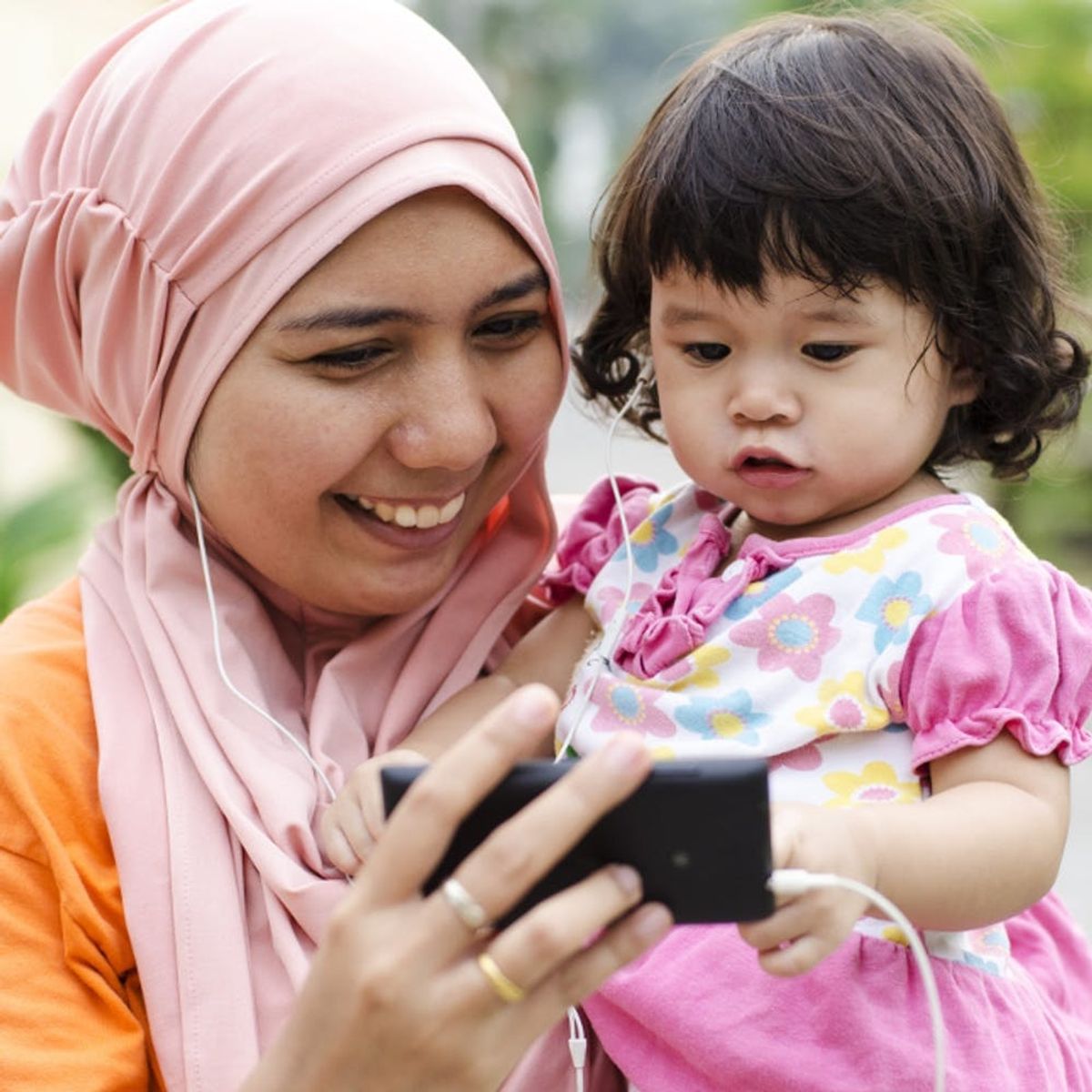Babies are the new bling.
You Won’t Believe the Cost of Raising a Kid in the US Now

Babies aren’t cheap… but you already knew that. What with the shabby chic (and perfectly pricey) modern crib that you absolutely need, the mountain of onesies and all the other essentials you filled in from your baby registry, even outfitting your nursery on a budget has already used up part of your savings on the new kid. From birth through high school graduation (and, let’s face it, beyond), your money will continue to slowly bleed (and sometimes gush) from your wallet into your child’s education, clothing, food and much, much more. The US Department of Agriculture recently unloaded their latest figures on what American families spend on their children. If you’re starting to think that your cash-to-kid flow is outside the norm, read on to discover what other ‘rents are laying out.

Overall Spending
This USDA report features plenty of stats. Keep in mind, the facts and figures are based on what parents of a child born in 2015 are expected to spend. The estimated overall cost of raising a child for a middle-income married couple is — get ready for it — $233,610! Yep, that’s right. Oh, wait: That doesn’t even begin to cover the cost of college, because the total is limited to the amount you’ll spend through your child’s 17th year.

More Money, More Spending
You’ve got a totally standout job, and so does your spouse. Lucky you! Well, kind of. The more money you make as a family, the more you’ll spend on the kiddo. A married couple making under $59,200 a year will spend somewhere between $9,330 to $9,980 annually on a child. If you make between $59,200 and $107,400 a year (again, that’s combined between the two of you), your child-related expenses go up, to between $12,350 and $13,900. Families in the upper-income bracket (that make more than $107,400) can expect to spend from $19,380 to $23,380 a year on their kids. The difference is attributed mainly to miscellaneous expenses (entertainment, personal care and reading materials), as necessities (food and clothing) did not vary as much across income levels.

Where It’s Going
Child-related expenses cover a kind of broad range of costs. For most families in the US, housing is the greatest expense. Makes sense, right? Your rent or mortgage costs much more than baby bath products and snuggly PJs. After housing comes food (again, another necessity), followed by education. Keep in mind: In the context of the USDA report, “education” has nothing to do with college. It only includes costs related to child care and your child’s education up to age 17.

Place and Expense
If you live in NYC, probably unsurprisingly, you’re spending more than your BFF who lives in Detroit. Couples in the Northeast (specifically, the urban Northeast) tend to spend more than families in any other area of the US. This is followed by couples who live in urban areas of the West and South. Those fortunate families who live in the urban Midwest and rural areas tend to spend the least.

The Cost of Growing Up
It can feel like baby gear, bedding, diapers and all the other things that come along with a newborn make your littlest one totally expensive. And they do. But this isn’t going to be the most costly part of your child’s life. (Yes, we just heard that gulp.) According to the USDA report, families spend more on their children as they age. Expenses in categories such as transportation, food, clothing and healthcare all rise the older a child gets. Even though you’ll spend more on your child overall as they get older, the biggest education expenses were found in children under six years. That likely has to do with the high cost of childcare before they’re old enough to start elementary school.
What is your biggest child-related expense? Tweet us @BritandCo!
(Photos via Getty)












